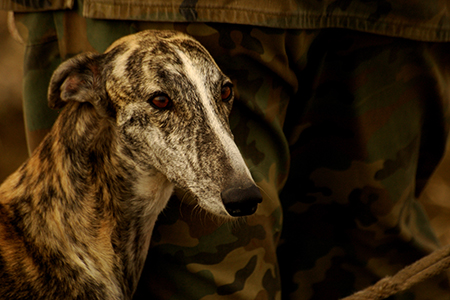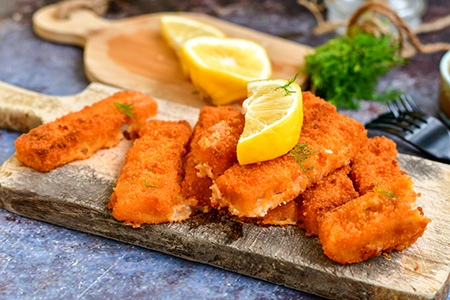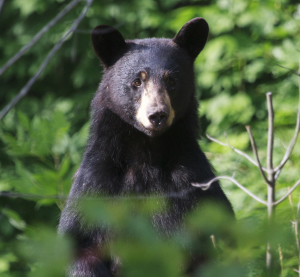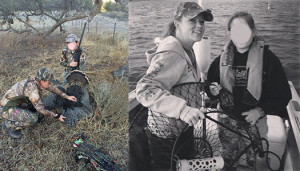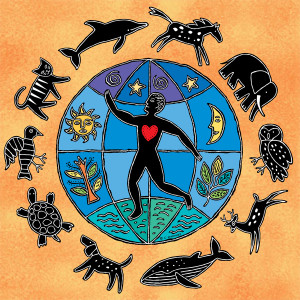 Animal Law, Animal Rights, Hunting and Conservation
Animal Law, Animal Rights, Hunting and Conservation  No Comments
No Comments Spain’s Proposed Animal Rights Law Collides with Rural-Urban Divide
Hunting has a long history and remains popular in Spain, generating a respectable 5 billion Euros annually. But just as in many other Western countries, hunting is considered a more rural activity, while urban folks are less likely to hunt and more likely to look down on or even disapprove of it.
A recently proposed animal rights law in Spain places this urban-rural divide on stark display. In a nutshell, a law was proposed by the ruling Spanish Socialist Workers’ Party (PSOE), that reads as if someone tried to thoughtlessly cobble together every low-hanging concession to animal rights activists they could come up with before lunch break. Unfortunately for the PSOE, this law contained provisions about abandoned animals, training, and breeding that really ticked off a group of key supporters: rural voters. More specifically, hunters. Hunters considered the law an attack with the potential to “legislate hunting out of existence.” This led to a last-minute amendment excluding hunting dogs and other rural activities… and raised questions about the viability of the proposed law as a whole.
It is a positive that the disagreement between the party’s urban and rural bases led to a favorable amendment (and, ideally, towards the law being shelved altogether). However, this example also serves as a troubling reminder of how non-stakeholders often feel perfectly fine about passing their values onto others. “I live a different lifestyle than you, and, for various reasons, have never or will never hunt. But never mind that: let me tell you how you need to do it.” If you are involved in animal sports or hobbies of any variety, you know you’ve heard a variation on that theme before!
Resources
★ Study Shows the Benefits of Hunting in Rural Areas
★ Farm Bureau: Fast Facts About Agriculture & Food
